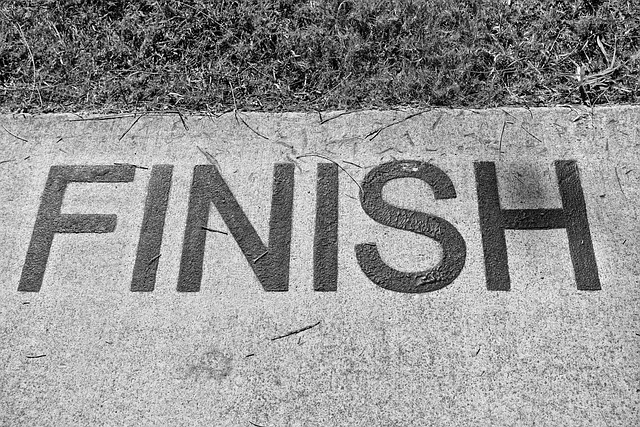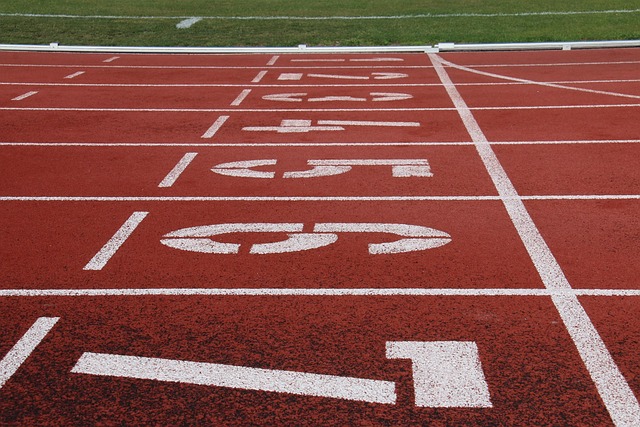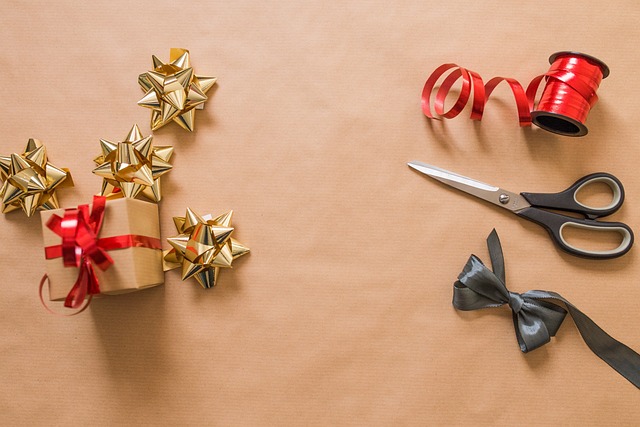Introduction to Seamless Vinyl Wrap Techniques
Vinyl wrapping has become a popular choice for those looking to customize surfaces, from vehicles to furniture. The art of seamless vinyl wrap methods not only enhances aesthetics but also protects surfaces. In this guide, we will explore advanced techniques and tips that will help you achieve a flawless, seamless finish for any project.
Understanding Vinyl Wraps
Before diving into the techniques, it’s essential to understand what vinyl wraps are. They are thin sheets of vinyl that can adhere to various surfaces, allowing for a wide range of colors and finishes. Here’s what you need to know:
- Types of Vinyl: There are two main types of vinyl, calendared and cast. Calendared vinyl is thicker and more affordable but less flexible, while cast vinyl is thinner, more durable, and conforms better to shapes.
- Finish Options: Vinyl wraps come in various finishes, including matte, gloss, satin, and even textured options. Choose a finish that complements your project.
Essential Tools and Materials
Having the right tools and materials is crucial for successful vinyl wrapping. Here’s a list of what you will need:
- High-quality vinyl wrap
- Utility knife or vinyl cutter
- Application squeegee
- Heat gun or hairdryer
- Cleaning solution and lint-free cloth
- Measuring tape and marker
- Masking tape
Step-by-Step Guide to Seamless Vinyl Wrapping
Step 1: Prepare the Surface
Proper surface preparation is vital for ensuring the vinyl adheres well. Follow these steps:
- Clean the surface thoroughly using a cleaning solution to remove dirt, grease, and wax.
- Dry the surface completely with a lint-free cloth.
- Inspect for any imperfections or damage that could affect adhesion. Repair as necessary.
Step 2: Measure and Cut the Vinyl
Accurate measurements are key to achieving a seamless look. Here’s how to do it:
- Measure the area to be wrapped using a measuring tape.
- Add a few extra inches to each side for trimming.
- Lay the vinyl flat and mark your cuts using a marker.
- Use a utility knife or vinyl cutter to carefully cut the vinyl.
Step 3: Apply the Vinyl
Now it’s time to apply the vinyl. Follow these steps for best results:
- Start by positioning the vinyl over the surface. Use masking tape to hold it in place temporarily.
- Peel back a portion of the backing paper and apply the vinyl to the surface gradually.
- Use the application squeegee to smooth out air bubbles and ensure good adhesion. Work from the center outwards.
- As you progress, continue to peel the backing and apply the vinyl in small sections.
Step 4: Heat and Conform
Heating the vinyl is a crucial step to achieving a seamless finish, especially on curves and edges:
- Use a heat gun or hairdryer to gently heat the vinyl as you apply it. This makes the vinyl more pliable.
- Stretch the vinyl slightly around curves and edges for a smooth fit.
- After applying, heat the vinyl again to ensure it conforms well to the surface.
Step 5: Trim and Finish
Once the vinyl is applied, it’s time to trim the excess:
- Using a utility knife, carefully trim the edges of the vinyl for a clean finish.
- Be cautious not to cut into the surface underneath.
- After trimming, go over the edges with the application squeegee to ensure they are sealed properly.
Tips for Perfecting Your Seamless Vinyl Wrap
- Practice on smaller surfaces before attempting larger projects to build your confidence.
- Work in a well-lit area to see any imperfections as you apply the vinyl.
- Take your time; rushing can lead to mistakes that may ruin your wrap.
- Consider a second pair of hands for larger projects to help with positioning.
Conclusion
Mastering seamless vinyl wrap techniques takes practice and patience, but with the right tools and the steps outlined in this guide, you can achieve a professional-looking finish. Whether it’s for a vehicle, furniture, or any other project, these seamless vinyl wrap methods will help elevate your wrapping skills. Happy wrapping!



